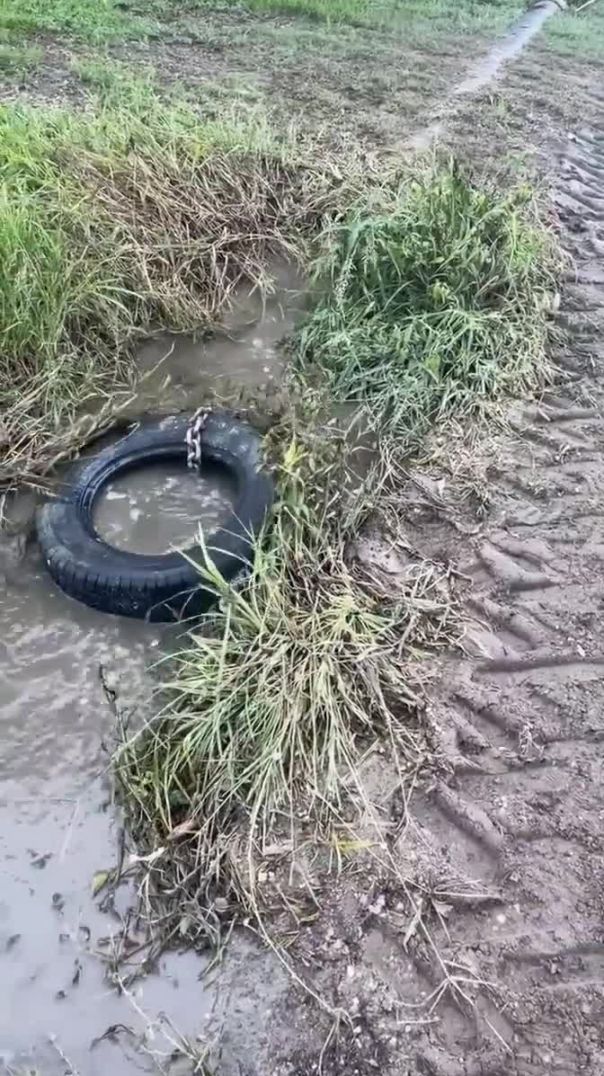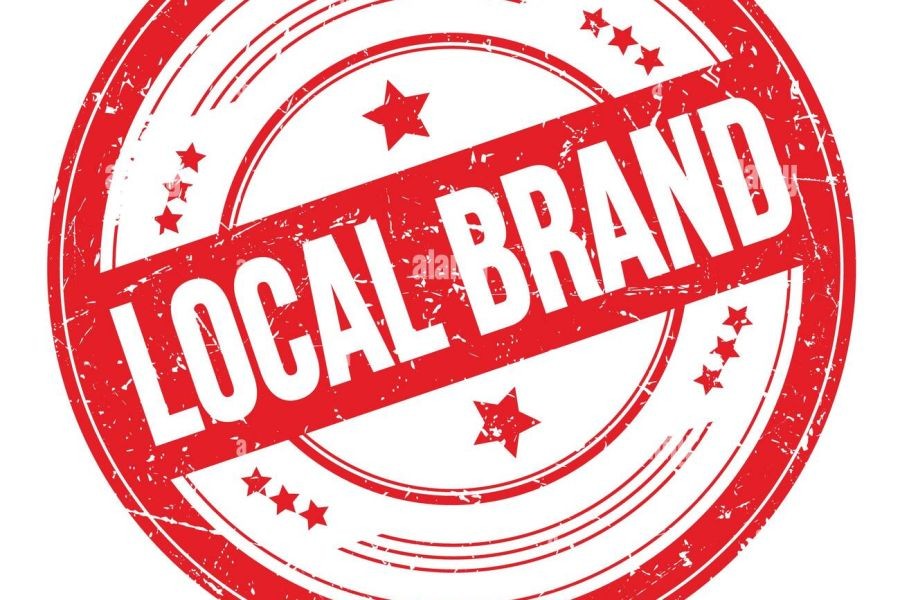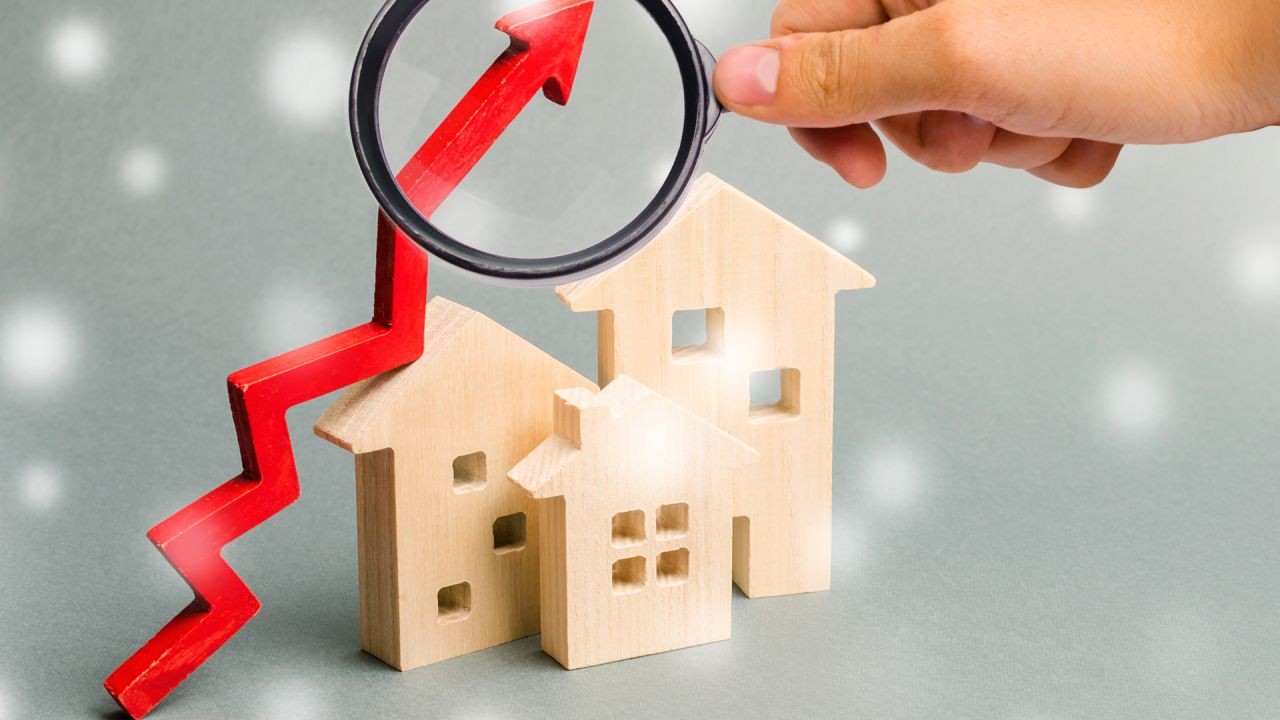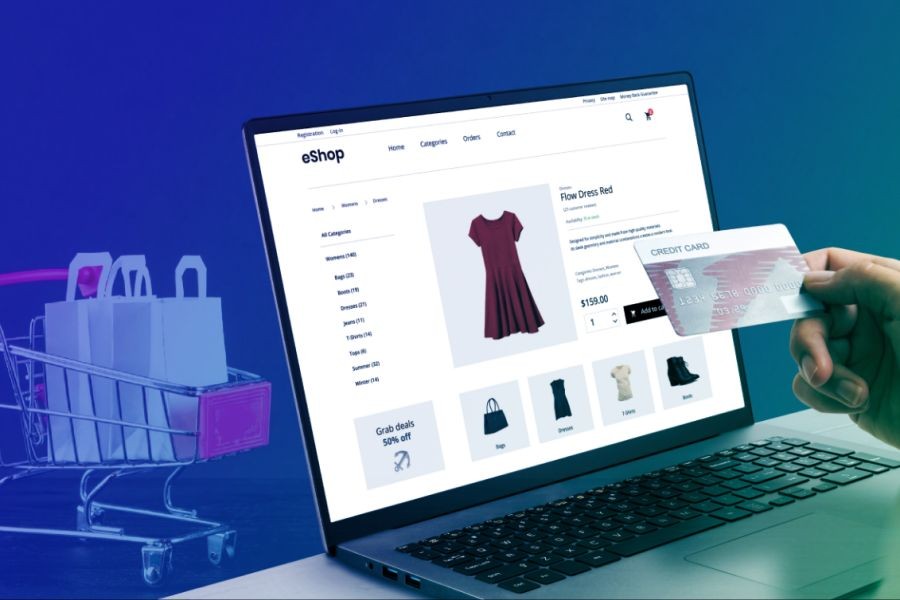In the realm of luxury travel, the decision between buying a new or used van is more than just a purchase—it's an investment. In Australia, where the vast landscapes and outback adventures beckon, choosing the right vehicle can significantly impact one's travel experience and financial health. This article explores whether purchasing a new or used van is the smarter investment, examining economic trends, industry insights, and regulatory factors specific to Australia.
Introduction to the Australian Van Market
The Australian van market is witnessing a notable shift. According to the Australian Bureau of Statistics, there has been a 15% increase in demand for vans over the past year, driven by the rising popularity of road trips and domestic travel. As the country continues to recover from the economic impacts of COVID-19, Australians are increasingly seeking flexible travel solutions that allow them to explore their own backyard.
However, the question remains: is it more advantageous to invest in a new van, with its promise of reliability and the latest features, or a used one, which often comes with a lower price tag and potentially better value for money?
The Case for Buying New
Pros of Buying a New Van
- Warranty and Reliability: New vans come with manufacturer warranties, providing peace of mind and reducing the risk of unexpected repair costs.
- Latest Technology: New models feature cutting-edge technology, including advanced safety features, connectivity options, and improved fuel efficiency.
- Customization: Buyers can select the exact specifications and features they desire, ensuring the van meets their unique travel needs.
- Resale Value: New vans generally have a higher resale value, especially in a strong market.
According to a report from Deloitte, Australian consumers are increasingly prioritizing technology and safety features in their vehicle purchases, making new vans an attractive option for those seeking the latest advancements.
Cons of Buying a New Van
- Higher Initial Cost: New vans come with a higher price tag, which can be a significant financial burden.
- Depreciation: New vehicles depreciate quickly, losing a significant portion of their value within the first few years.
- Insurance Costs: Insurance premiums for new vans are typically higher compared to used ones.
Data from the Reserve Bank of Australia highlights that vehicle depreciation is a major consideration for buyers, with new vehicles losing up to 20% of their value in the first year.
The Case for Buying Used
Pros of Buying a Used Van
- Cost Savings: Used vans are significantly cheaper than new ones, providing better value for money.
- Slower Depreciation: The initial steep depreciation has already occurred, meaning the value of a used van decreases more slowly over time.
- Lower Insurance Costs: Insurance premiums are generally lower for used vehicles.
A study by the Australian Competition & Consumer Commission (ACCC) suggests that consumers can save up to 40% by opting for a used vehicle over a new one, making it a financially savvy choice for many.
Cons of Buying a Used Van
- Potential for Hidden Issues: Used vans may come with undisclosed mechanical problems or wear and tear.
- Limited Warranty: Any remaining warranty may be limited, and additional repairs can become costly.
- Lack of Customization: Buyers may have to compromise on features and specifications.
According to a study by IBISWorld, used vehicle buyers must conduct thorough inspections and history checks to avoid potential pitfalls.
Regulatory Considerations
The Australian government has implemented various laws and regulations to protect both new and used vehicle buyers. The ACCC enforces consumer guarantees that ensure goods are of acceptable quality, fit for purpose, and match descriptions. Additionally, the Australian Prudential Regulation Authority (APRA) oversees financial institutions providing vehicle finance, ensuring fair lending practices.
Impact on Financing Options
Financing options can also influence the decision between new and used vans. New vans often come with more favorable financing terms, such as lower interest rates and longer repayment periods. However, used vans can be financed through personal loans, often at competitive rates.
Real-World Case Studies
Case Study 1: Luxury Travel Company in Sydney
A luxury travel company in Sydney opted for a fleet of new vans to offer premium tours. The decision was based on the need for reliable, high-performance vehicles to ensure customer satisfaction. The investment paid off, with a 25% increase in bookings, highlighting the value of modern features and comfort in attracting clientele.
Case Study 2: Adventure Tour Operator in Queensland
Conversely, an adventure tour operator in Queensland chose used vans to minimize upfront costs while expanding their fleet. By carefully selecting well-maintained vehicles with proven reliability, they achieved a 30% reduction in operating expenses, allowing them to offer competitive pricing and expand their customer base.
Myths and Misconceptions
Several myths persist regarding the purchase of new versus used vans:
- Myth: "New vans are always more reliable." Reality: While new vans come with warranties, well-maintained used vans can be equally reliable.
- Myth: "Used vans are outdated and lack modern features." Reality: Many used vans are only a few years old and come equipped with modern technology.
- Myth: "Buying used is always cheaper." Reality: While initially cheaper, used vans may incur higher maintenance costs over time.
Future Trends and Predictions
The future of the Australian van market is poised for change. With the increasing emphasis on sustainability and environmental consciousness, the demand for electric and hybrid vans is expected to rise. According to CSIRO, by 2030, it is projected that 50% of new vehicle sales in Australia will be electric or hybrid models. This shift presents opportunities and challenges for both new and used van markets, as buyers weigh the benefits of eco-friendly options against traditional combustion engines.
Conclusion
Deciding between a new or used van ultimately depends on individual preferences, financial considerations, and travel needs. New vans offer the allure of the latest technology and peace of mind, while used vans provide cost savings and value. Buyers in Australia must weigh these factors carefully, considering the specific advantages and disadvantages of each option.
Whether investing in a new or used van, thorough research and strategic planning are essential to making a smart investment. Join the conversation and share your experiences and insights on the best choice for luxury travel in Australia!
FAQ
- How does buying a new van impact businesses in Australia?New vans offer advanced safety features and better fuel efficiency, enhancing long-term operational efficiency for businesses.
- What are the biggest misconceptions about buying used vans?A common myth is that used vans lack reliability. However, well-maintained used vans can offer comparable reliability to new ones.
- What upcoming changes in Australia could affect van purchases?By 2026, stricter emissions standards may influence the van market, increasing demand for electric and hybrid models.
Related Search Queries
- New vs. used van depreciation
- Best vans for luxury travel in Australia
- Financing options for new and used vans
- Van maintenance costs comparison
- Electric vs. gasoline vans in Australia































